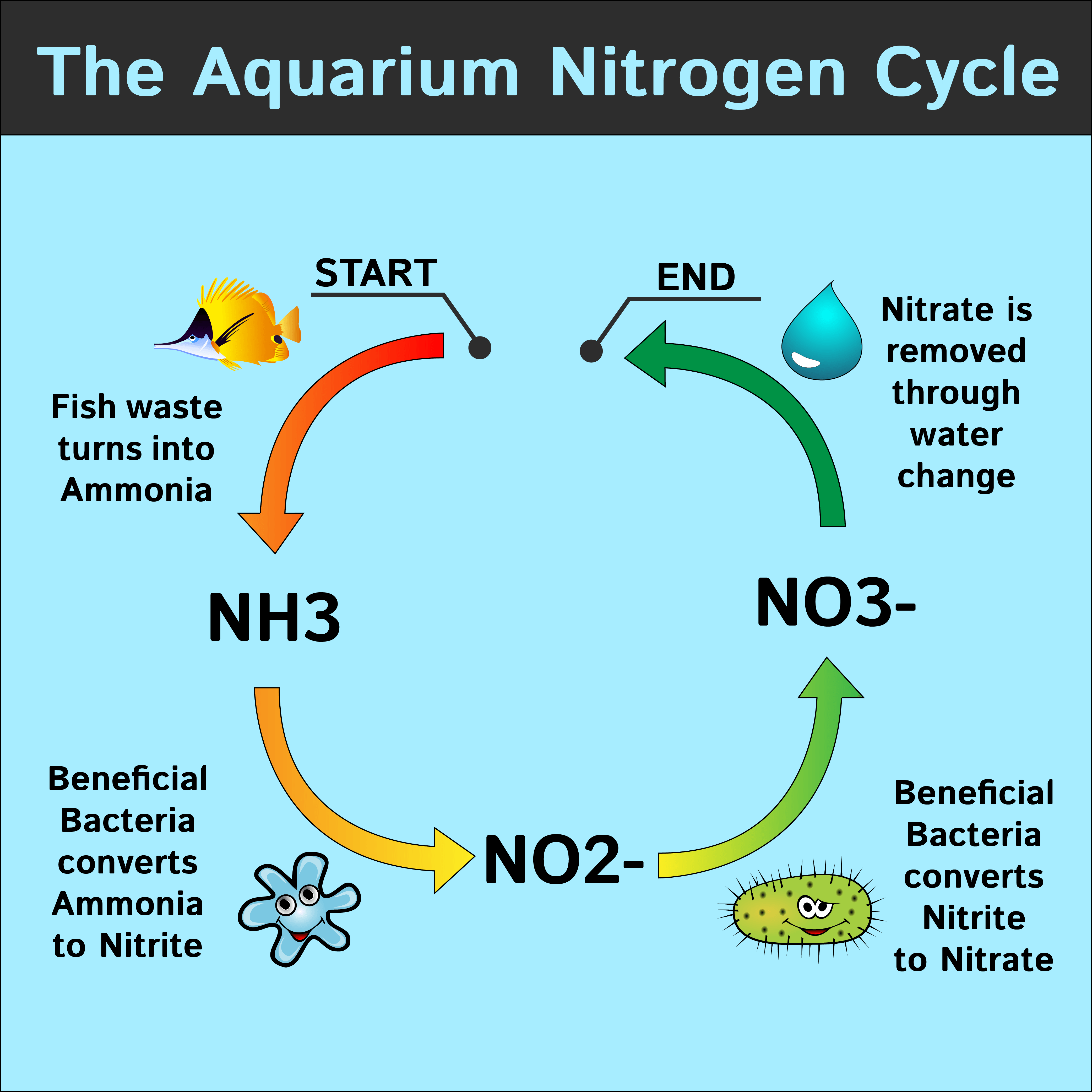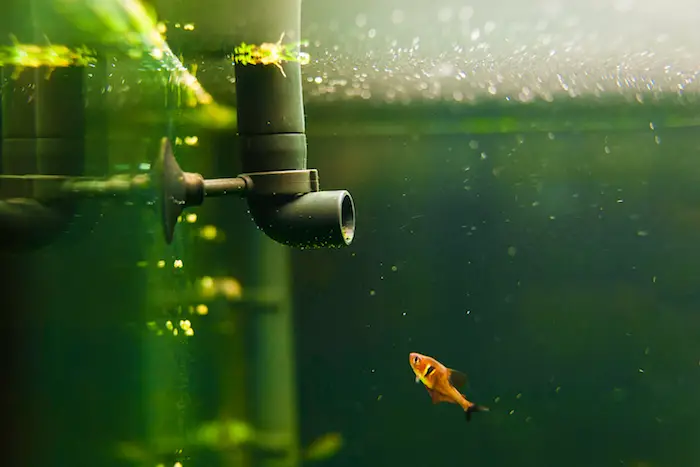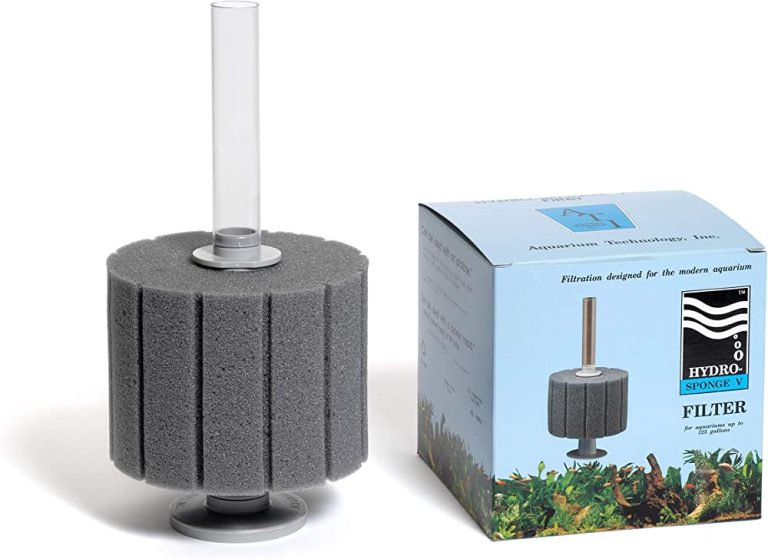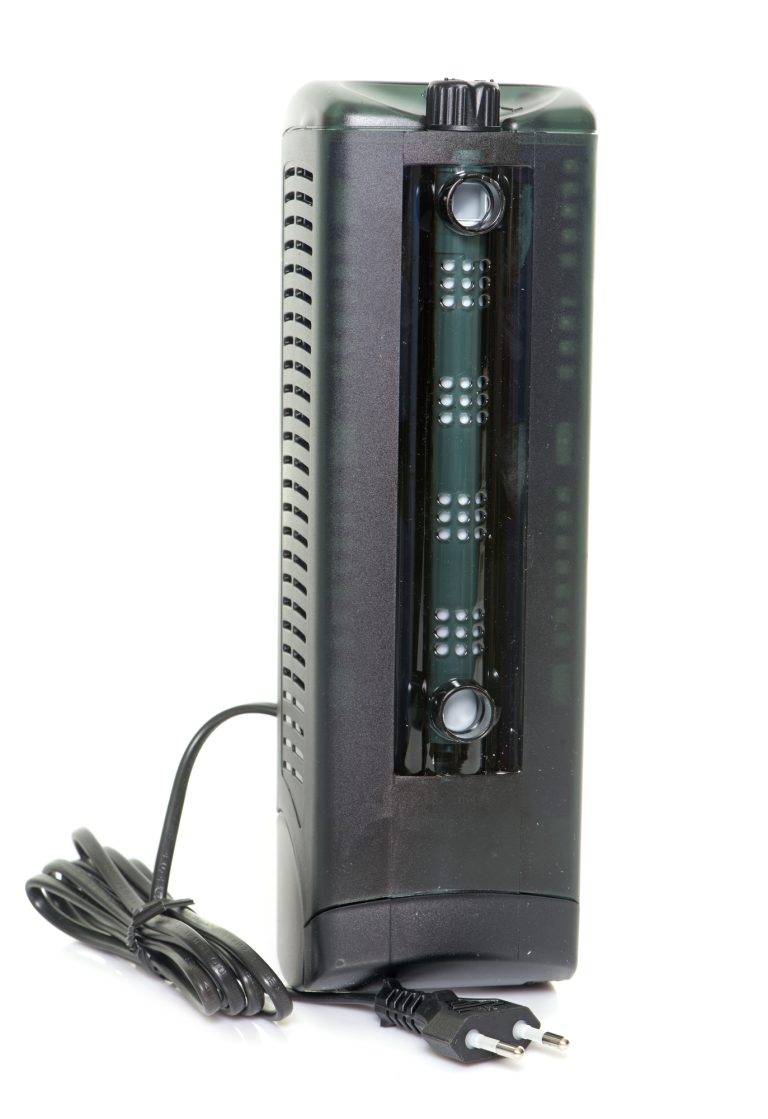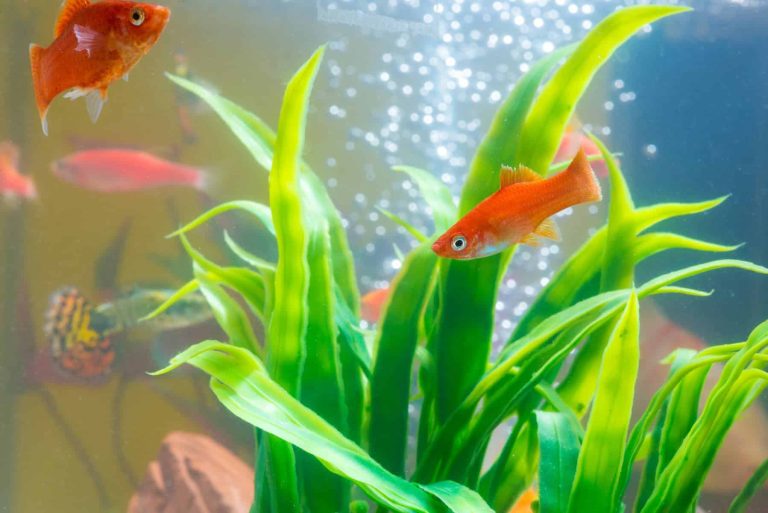Aquarium Nitrogen Cycle
The Aquarium Nitrogen Cycle: A Complete Guide
What is the aquarium nitrogen cycle?
The aquarium nitrogen cycle is a natural process that occurs in fish tanks and other aquatic environments. It is crucial for maintaining healthy water conditions and ensuring the well-being of the fish and other aquatic inhabitants. In simple terms, the nitrogen cycle involves the conversion of ammonia, a toxic substance excreted by fish and decaying matter, into nitrate, a much less harmful compound. This process is crucial for the overall balance and stability of the aquarium ecosystem.
Understanding the stages of the nitrogen cycle
The nitrogen cycle consists of several key stages, each with its own unique processes and organisms involved. Let’s delve into each stage in detail:
1. Stage 1: Ammonia Production
During the first stage of the nitrogen cycle, ammonia is produced as a result of fish waste, uneaten food, and decomposing organic matter in the aquarium. Ammonia is highly toxic to fish and can quickly lead to stress, illness, and even death if left unchecked.
2. Stage 2: Nitrite Formation
In the second stage, beneficial bacteria called Nitrosomonas convert the ammonia into nitrite through a process known as nitrification. Nitrites are also toxic to fish, although they are less harmful than ammonia. However, elevated levels of nitrite can still pose a threat to the aquarium inhabitants.
3. Stage 3: Nitrate Conversion
The third and final stage of the nitrogen cycle involves the conversion of nitrites into nitrates. This process is carried out by another group of beneficial bacteria called Nitrobacter. While nitrates are less harmful than both ammonia and nitrites, high levels of nitrates can still be detrimental to fish health, particularly in freshwater aquariums.

Establishing the nitrogen cycle in your aquarium
Maintaining a stable and healthy nitrogen cycle is essential for any aquarium. Here are some key steps to ensure its establishment and continued functioning:
1. Cycling your aquarium:
Before adding fish or other aquatic animals to your aquarium, you must first “cycle” it. This process involves establishing colonies of beneficial bacteria that are responsible for breaking down ammonia and nitrite. There are several ways to cycle an aquarium, including fishless cycling and fish-in cycling. Fishless cycling is generally considered more humane and less stressful for the fish.
2. Testing water parameters:
Regularly monitoring the water parameters is crucial for maintaining a healthy nitrogen cycle. You should regularly test the levels of ammonia, nitrite, and nitrate in your aquarium. Ammonia and nitrite should ideally be undetectable, while nitrate levels should be kept below 40 parts per million (ppm) for freshwater aquariums and below 20 ppm for marine aquariums.
3. Performing regular water changes:
Even in a well-established aquarium, small amounts of ammonia and nitrate can accumulate over time. Regular partial water changes are essential for diluting these substances and reducing their concentrations. Aim to replace approximately 10-20% of the aquarium water every 1-2 weeks, depending on the specific needs of your tank.
4. Avoid overfeeding:
Overfeeding is one of the leading causes of high ammonia levels in aquariums. Fish only require small amounts of food, and excess food often goes uneaten, sinking to the bottom and contributing to increased ammonia production. Feed your fish small portions that they can consume within a few minutes, removing any uneaten food promptly.
5. Avoid overstocking:
Overcrowding your aquarium can lead to an excessive buildup of waste and higher ammonia production. Make sure to research the specific requirements and maximum stocking levels for the fish species you plan on keeping. Aim for a balanced and appropriate fish-to-water volume ratio.
Advantages of a healthy nitrogen cycle
Maintaining a healthy nitrogen cycle in your aquarium offers numerous benefits, including:
1. Prevents toxic ammonia buildup:
By ensuring the continuous conversion of ammonia into less harmful substances, the nitrogen cycle protects your fish and other aquatic inhabitants from the toxic effects of ammonia poisoning.
2. Promotes fish health and vitality:
A stable and balanced nitrogen cycle provides an optimal environment for fish to thrive. It helps maintain proper water quality, reduces stress, and minimizes the risk of diseases and infections.
3. Supports a vibrant and lush aquarium:
Nitrogen compounds, such as nitrates, act as essential plant nutrients. Having an established nitrogen cycle can promote healthy plant growth, resulting in a more visually appealing and ecologically balanced aquarium.
4. Reduces maintenance requirements:
When your aquarium has a well-functioning nitrogen cycle, water changes and other routine maintenance tasks become more manageable. Regular testing and appropriate husbandry practices help prevent sudden water parameter spikes and minimize the need for drastic corrective measures.
Frequently Asked Questions
Q: How long does it take for the nitrogen cycle to establish in an aquarium?
A: The establishment of the nitrogen cycle can take anywhere from a few weeks to a couple of months. The precise timeframe depends on various factors, such as the cycling method used, the presence of live plants, and the initial bacteria populations in the tank.
Q: Can I add fish to the aquarium before the nitrogen cycle is complete?
A: It is generally recommended to wait until the nitrogen cycle is fully established before adding fish to the aquarium. However, if you opt for a fish-in cycling method, you can introduce a limited number of hardy fish species to help kick-start the cycle. Make sure to closely monitor the water parameters and follow recommended practices to minimize stress on the fish.
Q: What can I do if ammonia or nitrite levels become too high despite a properly established nitrogen cycle?
A: If you detect elevated levels of ammonia or nitrites in your aquarium, take immediate action to address the issue. Perform a partial water change to dilute the toxins, reduce feeding to minimize waste production, and ensure that your filter is working optimally. Consider temporarily relocating sensitive fish to a separate tank until the water quality improves.
Final Thoughts
Understanding and maintaining the aquarium nitrogen cycle is essential for any hobbyist or aquarist. By ensuring a well-established and functional nitrogen cycle, you can provide a safe and healthy environment for your aquatic friends. Regular water testing, proper feeding practices, and routine maintenance are the keys to success in this regard. Remember, a healthy nitrogen cycle is the foundation of a thriving and vibrant aquarium ecosystem.
